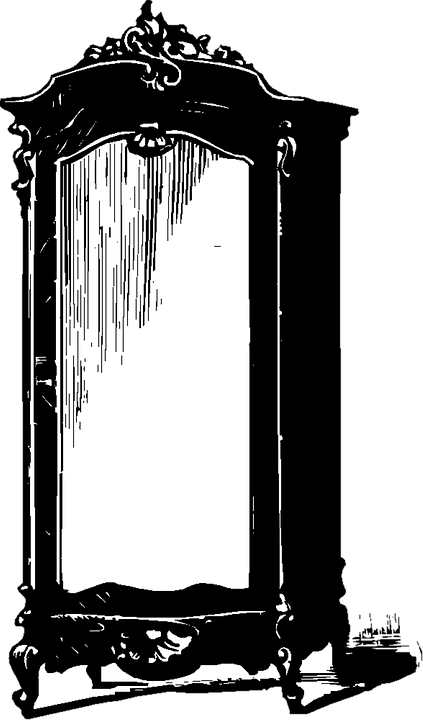
Surfaces, Glitter… and Feminism? A Cinematic Ode to Matriarchy
At times Bohanovich wields her camera with the melancholy of a Dutch master. Her long hold on a square of asphalt, pattered by rain in tones of grey and black, almost brought me to tears. Her fascination with Sellam’s domestic rituals owe much to the late Jewish, experimental filmmaker Chantal Akerman, whose long takes and feminine interiors practically invented a new kind of female gaze.
Bohanovich is more lighthearted than Akerman, or, at least, she allows Sellam’s lighthearted joie de vivre to shine through, even as she herself grapples with offscreen darkness. That balance of light and dark makes Maison du Bonheur all the more satisfying as a feast for the eyes.
Maison du Bonheur is light on traditional story. We learn Sellam, 77, is a widowed astrologer, starting off as the accidental apprentice to Charles DeGaulle’s personal astrologer. Having grown up poor, she takes immense joy in beauty, whether from her breathtaking collection of couture gowns or the quotidian rituals of self-beautification; Sellam makes no excuse for her vanity. Beauty is its own justification and the viewer of Maison du Bonheur is hard pressed to disagree with such an agreeable philosophy.
Sellam is a 50-year resident of the 18th arrondissement, and the neighborhood is presented as a natural extension of her domain. The 18ieme is probably best known to Americans as the home of the Moulin Rouge nightclub as well as perhaps the most famous artistic quarter in the world, Montmartre. The 18ieme is also home to a large population of pied-noirs, French citizens from North Africa as well as North Africans who became French. Like much in this exquisitely impressionistic film, Sellam’s origins are only hinted at through context, as well as a brief image of an old identity card that lists her birthplace as Tunisia.
At one point Sellam takes us through the baking of two challahs for Shabbat, a tradition honoring her mother. As with her other rituals, this one is precisely enacted, complete with recipe. The result is yet another burnished, elegant piece of Sellam’s domestic craft. And yet, the look at these tantalizing loaves is immediately followed by an exploration of Sellam’s shoe closet.
Those who will pick up on it will deduce that Sellam’s family were Tunisian Jews who settled in France. Did she marry a Jew? Why does she mention going to a school run by nuns? There’s a sort of delicious frustration embodied in those mouthwatering challahs. Who were they for? Were they part of a Sabbath meal? Then again, why do we need to know?
Bohanovich’s attention to surfaces, the hypnotic painting of Sellam’s nails, her daily maquillage, the almost erotic description of her couture gowns and their glittering galaxy of sequins and embroidery, reminded me of the pioneering work of artist Miriam Schapiro, whose work is featured right now in a show called Surface/Depth at the Museum of Arts and Design.
In the ‘70s Schapiro was in the vanguard of female artists reclaiming the decorative arts, “recasting practices like embroidery, crochet, paper crafts, and even decoupage as legitimately artistic.” For Schapiro, and the artists inspired by her, what mattered was pushing the boundary between surface and depth and questioning “the separation of appearance from meaning.”
The best of Schapiro’s work plays on texture and repetition, surprising the viewer with the way it takes workaday and discarded material and refashions it into something elegant and extraordinary. Schapiro called this work femmage, and asked us to delight in the domestic, the intimate, the materiality of women’s lives, apart from the demands of linear narrative.
Interestingly, Bohanovich filmed Maison du Bonheur on exactly 30 rolls of old 16mm stock. Like the collected buttons and scraps of Schapiro’s work, material shapes the work in unpredictable ways. Maison du Bonheur is a beautifully crafted documentary on its own. But as a surprise inheritor to the work of Schapiro and her colleagues in femmage, it is a timely, thought provoking, contribution to the body of feminist art.
New Yorkers: Maison du Bonheur is playing now at Metrograph, http://metrograph.com/film/film/1530/maison-du-bonheur
Miriam Shapiro, Surface/Depth is at the Museum of Arts and Design this weekend. https://madmuseum.org/exhibition/surfacedepth
The views and opinions expressed in this article are the author’s own and do not necessarily reflect those of Lilith Magazine.




